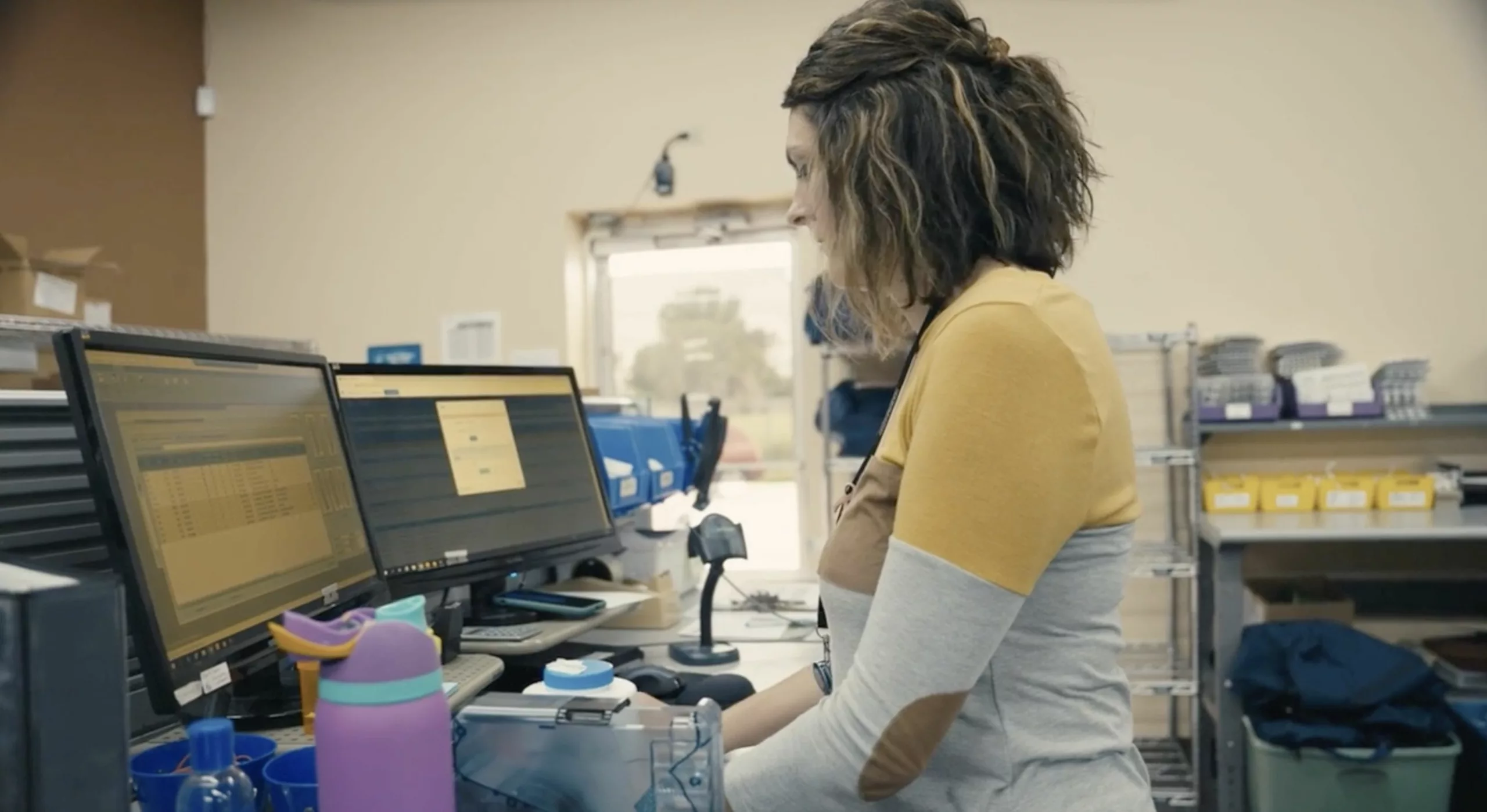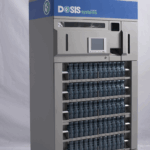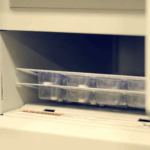
From Manual to Automated: What Really Changes in Your Workflow
August 14, 2025
The real-world shift that frees your team and speeds up your pharmacy
For many pharmacies, automation sounds like a big technical upgrade — but what it really delivers is a workflow transformation. Moving from a manual fill process to an automated system doesn’t just change how you work, it changes what you work on, and how quickly you can get it done.
Here’s a look at what really changes when you move from manual to automated workflows.
Before Automation: The Manual Workflow Reality
If you’re like most high-volume pharmacies, your current process looks something like this:
- Orders queue up as technicians manually pick, pack, and label blister cards.
- Labels are handled by hand, often with multiple touchpoints before they’re ready for verification.
- Pharmacists are bogged down with repetitive checks instead of clinical interventions.
- Bottlenecks appear whenever a tech is out, a shift runs short, or the volume spikes unexpectedly.
- Overtime becomes routine, just to make sure orders get out the door.
It’s a process that works — but only by leaning heavily on your people’s time and energy.
After Automation: The New Workflow
When automation takes over key production steps, the workflow shifts dramatically:
- Automated picking and packing means blister cards are filled, sealed, and labeled without manual handling.
- Real-time printing and routing ensure orders go straight where they’re needed, without piling up.
- Pharmacists verify with fewer interruptions, focusing on exceptions and clinical review instead of every single card.
- Queues move continuously, even during shift changes or overnight hours.
- Tech roles evolve, with more focus on inventory, quality assurance, and cross-training.
The result? Faster throughput, fewer delays, and a team that can focus on value-added work.
What Your Team Will Notice First
- Less repetitive strain from standing at the packing station for hours.
- Fewer interruptions in verification — cleaner, more consistent workflow.
- Better morale as staff take on more meaningful, skill-building tasks.
- More predictable days without last-minute rushes.
Short-Term vs. Long-Term Gains
Short-Term: You’ll see a reduction in manual bottlenecks almost immediately. Your first “overnight run” where orders are ready before the morning shift starts will be a lightbulb moment.
Long-Term: As staff adapt to new roles and the system runs at full capacity, you’ll be able to scale up your volume without adding headcount — and with fewer errors.
Why This Matters Now
The sooner you integrate automation, the sooner you can break out of the reactive cycle of playing catch-up. And with staffing challenges across the industry, automation isn’t about replacing people — it’s about making the people you have more effective and less overworked.
Next Step: See Your Workflow’s Potential
A Free Workflow Review shows exactly how automation could reshape your process — no guesswork, no pressure. We’ll map your current steps, identify the biggest gains, and outline a realistic implementation timeline.
Get started
We’d love to give you a Demo
Seeing is believing with the DOSIS System. See for yourself the value of DOSIS workflow through a full demo of a working system.
Schedule a Demo




